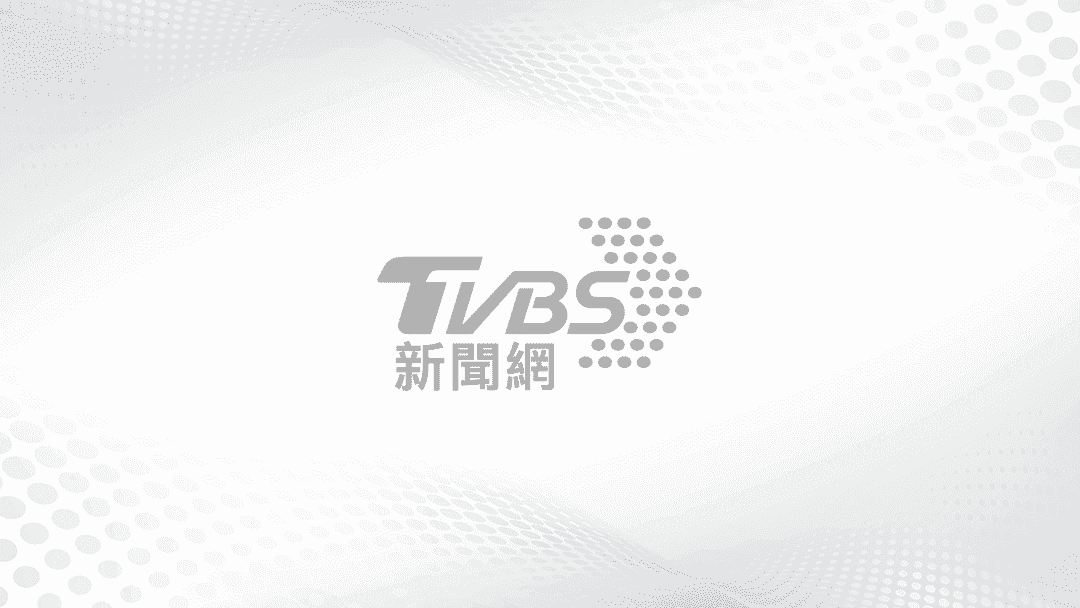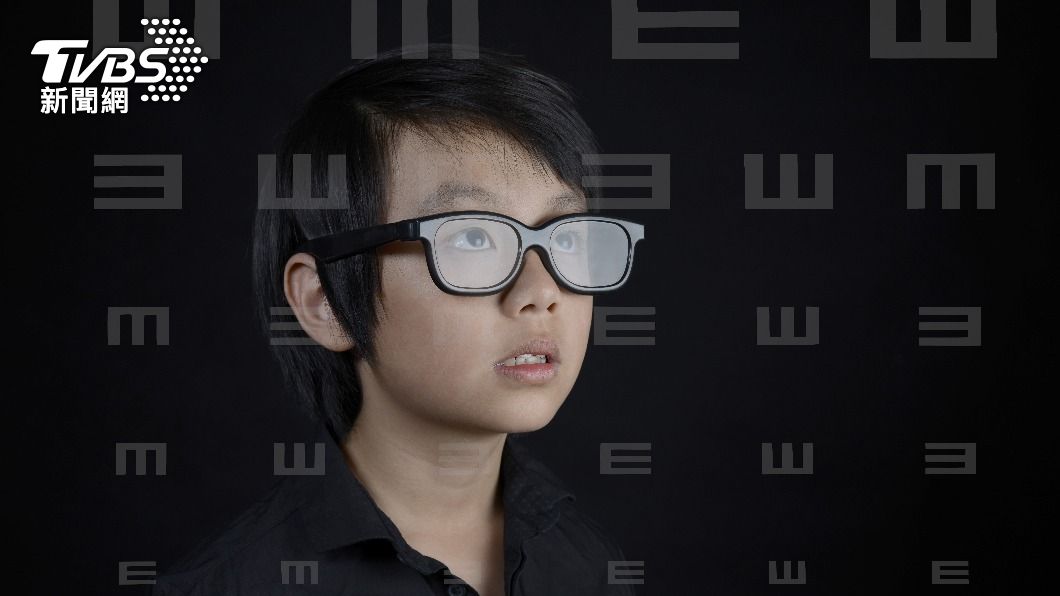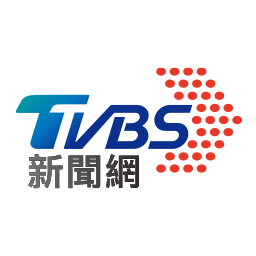TAIPEI (TVBS News) — The COVID-19 pandemic has exacerbated the issue of poor eyesight among Taiwanese students, with a startling 81.61% of high-school students affected during the 2022-2023 academic year.
The rate was slightly lower for junior high school students at 73.16% and elementary students at 45.23%. Excessive use of electronic devices, including smartphones and tablets, is a significant contributor to myopia, the most common eye condition among children.
In a 2019 survey by the Child Welfare League Foundation, it was found that the average age at which children in Taiwan owned their first phone was ten years old.
Ophthalmologists warn that severe myopia increases the risk of developing glaucoma, cataracts, retinal detachment, and macular degeneration. Even successful myopia laser correction does not eliminate these risks.
The golden period for myopia control is considered to be between the ages of 3 to 18.
Effective prevention strategies include increased outdoor activities, mydriatic agents, Orthokeratology, daily disposable contact lenses designed for myopia control, and the latest children's vision management lenses.
These statistics highlight the need to strike a balance between technology use and implementing preventive measures and early treatment for Taiwan's children.











